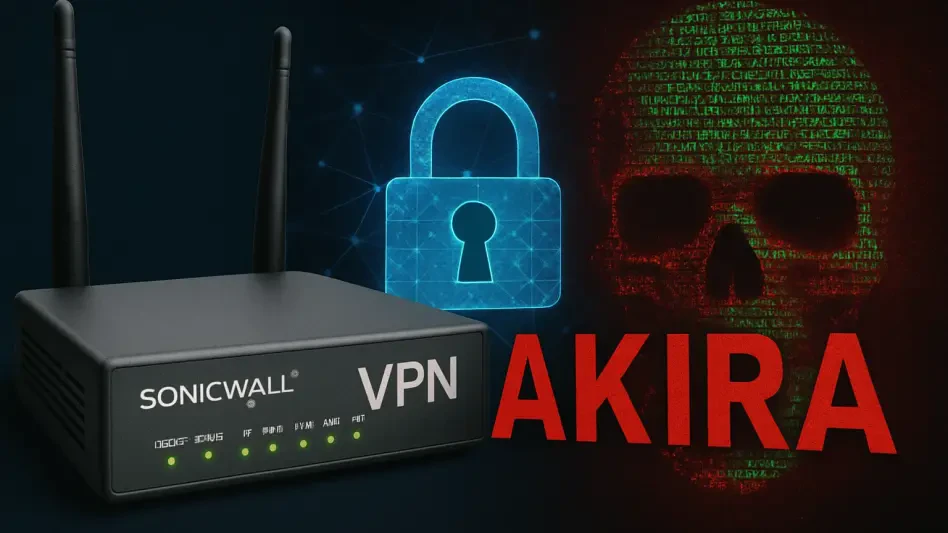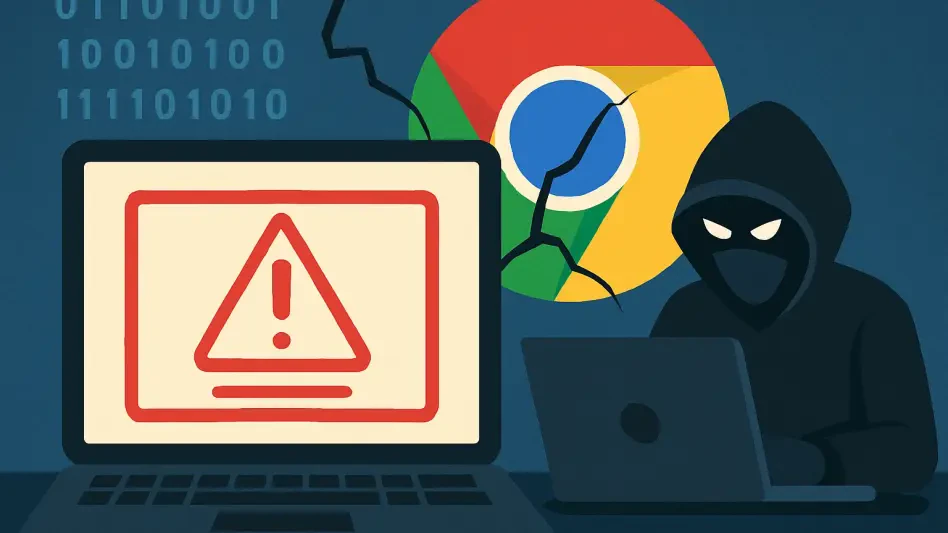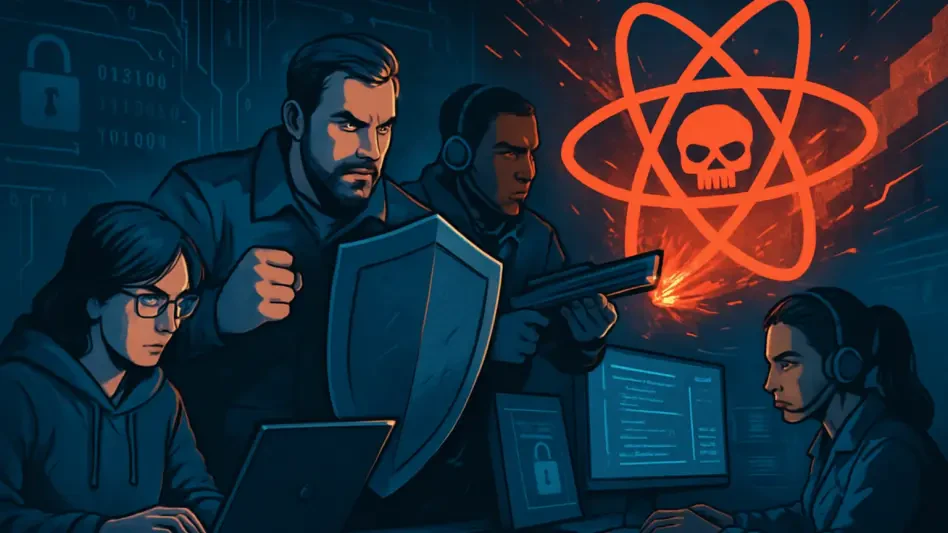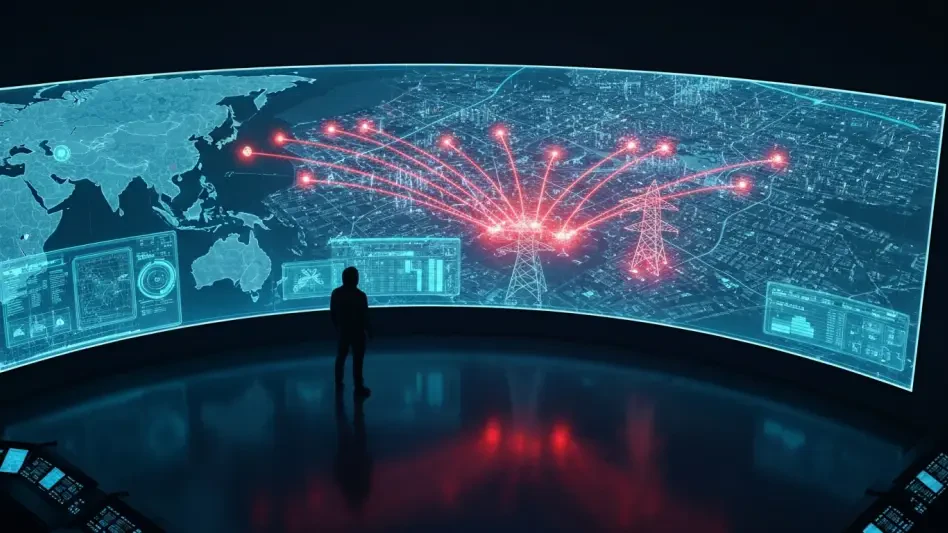Imagine a global network of organizations suddenly finding their secure remote access tools turned into gateways for devastating cyberattacks, a reality unfolding as the Akira ransomware group targets SonicWall SSL VPN devices. This group exploits potential zero-day vulnerabilities that challenge even the most updated systems, with reports of malicious activity surging around mid-July of this year and suspicious logins traced back several months. This roundup brings together diverse expert opinions, practical tips, and strategic insights to unpack the severity of this threat and explore how businesses can safeguard their infrastructure against such sophisticated attacks.
Exploring the Threat Landscape of SonicWall VPN Vulnerabilities
The alarming rise in Akira ransomware attacks on SonicWall SSL VPNs has sent shockwaves through the cybersecurity community. Experts note that the spike in malicious activity, particularly evident since mid-year, suggests a coordinated effort to exploit weaknesses in remote access systems. This situation underscores a critical concern: even patched systems may not be safe, hinting at the possibility of an undisclosed flaw being weaponized by attackers.
Various industry voices agree on the urgency of addressing this issue, though their perspectives on the root cause differ. Some suggest that a zero-day vulnerability could be at play, rendering conventional updates ineffective. Others point to a combination of tactics like brute force and credential stuffing as potential entry points. This diversity in opinion highlights the complexity of defending against an evolving threat where the exact attack vector remains unclear.
The discussion also extends to the broader implications for organizations relying on VPNs for remote work. Many specialists emphasize that this incident is a wake-up call to reassess the security of critical infrastructure. As ransomware groups grow more adept at targeting such systems, the need for comprehensive defense strategies becomes undeniable, setting the stage for a deeper exploration of expert recommendations and mitigation approaches.
Breaking Down the Akira Campaign: Expert Opinions and Analysis
Zero-Day Concerns: An Unseen Flaw in SonicWall Systems
The specter of a zero-day exploit looms large over the Akira ransomware campaign targeting SonicWall VPNs. Industry leaders caution that such a vulnerability could bypass traditional security measures, leaving even updated devices at risk. This possibility has prompted urgent calls for organizations to remain vigilant and prepare for threats that defy standard patching protocols.
Some cybersecurity professionals argue that the attack patterns observed suggest a highly sophisticated approach, potentially exploiting a flaw yet to be identified by vendors. This uncertainty complicates defense efforts, as IT teams struggle to protect systems without knowing the precise nature of the vulnerability. The consensus is that proactive measures must take precedence until a definitive solution emerges.
Others in the field note that while a zero-day exploit is a plausible explanation, alternative methods cannot be ruled out. The ambiguity surrounding the attack mechanism poses a unique challenge, forcing defenders to adopt a multi-faceted strategy. This includes heightened monitoring and temporary suspension of vulnerable services to minimize exposure to potential breaches.
Human Vulnerabilities: Credential Theft as a Key Access Point
Beyond technical exploits, many experts highlight the critical role of human error in facilitating Akira’s attacks on SonicWall VPNs. Stolen or phished credentials often serve as an entry point for ransomware groups, bypassing the need for complex zero-day exploits. This observation points to a persistent gap in identity security that attackers are quick to leverage.
Industry insights reveal that outdated authentication methods, such as simple passwords or weak multi-factor authentication, remain a significant weakness. Real-world scenarios demonstrate how easily attackers can compromise accounts through social engineering or data leaks. This underscores the importance of modernizing access controls to thwart such straightforward yet effective tactics.
The dual nature of this threat—combining potential technical flaws with user vulnerabilities—demands a balanced response. Specialists advocate for educating employees on recognizing phishing attempts while simultaneously implementing stricter authentication protocols. Addressing the human factor is seen as equally vital as tackling software vulnerabilities in the fight against ransomware.
Growing Risks: VPN Infrastructure Under Siege
VPNs have increasingly become prime targets for ransomware groups like Akira, a trend noted by many in the cybersecurity field. The combination of technical weaknesses in complex software and the rising sophistication of threat actors creates a perfect storm for such attacks. This persistent danger signals a need for organizations to rethink their approach to securing remote access tools.
Regional attack patterns further illustrate the global scope of this issue, with experts warning that undisclosed vulnerabilities could lead to more incidents if left unaddressed. The intricate nature of modern software often hides flaws that attackers can exploit long before patches are available. This reality challenges the notion that updates alone can guarantee safety.
Several industry voices stress that relying solely on reactive measures like patching is insufficient against unseen threats. Instead, a shift toward proactive security frameworks is recommended, including regular audits of VPN configurations and limiting access points. This forward-thinking mindset is deemed essential to stay ahead of ransomware groups continuously refining their methods.
Defensive Strategies: Merging Technical and Behavioral Solutions
A recurring theme among experts is the necessity of blending technical defenses with behavioral safeguards to counter Akira’s tactics. Restricting VPN access to specific IP addresses is one practical suggestion that reduces the attack surface significantly. Such measures aim to limit exposure while more permanent fixes are developed.
Another perspective emphasizes the importance of robust identity protection and continuous monitoring to detect suspicious activity early. Some professionals argue that user-focused training on secure practices can mitigate risks associated with credential theft. This dual approach ensures that both system vulnerabilities and human errors are addressed comprehensively.
Looking ahead, questions arise about whether current defenses can keep pace with evolving ransomware strategies. Innovations in authentication technology and threat detection are seen as potential game-changers. The ongoing dialogue among experts suggests that adapting to these challenges will require constant evolution in security practices and tools.
Critical Takeaways and Protective Tips for Organizations
Drawing from a wide range of insights, it’s evident that the potential zero-day exploit in SonicWall VPNs represents a serious threat, compounded by the risk of credential theft in Akira’s strategy. Organizations are urged to consider temporarily disabling affected VPN services until patches or clearer guidance become available. This immediate step can prevent unauthorized access during a critical window of vulnerability.
Practical recommendations also include enforcing strict access controls and adopting advanced identity verification methods to secure remote access. Continuous monitoring of network activity is advised to identify and respond to anomalies swiftly. These measures form a foundational layer of defense against both known and emerging ransomware threats.
Additionally, user training remains a cornerstone of resilience, equipping staff with the knowledge to avoid common pitfalls like phishing scams. Combining these efforts with regular security assessments can help organizations build a robust posture against sophisticated attacks. The collective wisdom of industry leaders points to a layered approach as the most effective way to safeguard critical systems.
Reflecting on the Path Forward: Fortifying Defenses Against Ransomware
Looking back on the discussions surrounding Akira ransomware’s targeting of SonicWall VPNs, the urgency to strengthen cybersecurity measures stood out as a unifying theme among experts. The potential of zero-day vulnerabilities and the ease of exploiting stolen credentials exposed significant gaps in remote access security that demanded immediate attention.
As a next step, organizations were encouraged to prioritize investment in advanced threat detection tools and employee awareness programs to address both technical and human vulnerabilities. Exploring partnerships with cybersecurity firms for real-time threat intelligence was also seen as a valuable move to enhance preparedness.
Beyond immediate actions, the dialogue sparked considerations for long-term innovation in VPN security protocols. Developing adaptive systems capable of anticipating new ransomware tactics emerged as a key focus for the future. This collective effort to build resilience reflected a shared commitment to staying one step ahead of sophisticated cyber threats.








